It was January 15, 1991, or 32 years ago this week, when the PBA Draft was first televised live at the ULTRA and produced by then TV coveror Vintage Enterprises.
The draft was shown on the People’s Television Network (PTV-4) at 6:30PM hosted by Joe Cantada and anchored by Sev Sarmenta. A 30-minute primer, entitled “PBA 1991: Looking Ahead,” reviewed the highlights of the tumultuous 1990 season and a preview of what to expect for the coming year, including a list of the imports hired for the First Conference was shown.
“We didn’t have very many pegs from the NBA back then, especially in the way they do the draft nowadays, with all the hoopla and interviews,” Sarmenta recalled in a message to The Rivalry. “But our producers made it work by being clean and simple about it: teams would go through the drafting rotation. After the first round, I would interview the player drafted, until I think the end of the second round. I remember there wasn’t much of an audience compared to how it’s done nowadays at a mall.”
This week on Throwback Thursday, The Rivalry takes a peek on the 1991 PBA Draft happenings and results.
How the PBA Draft started
In 1985, with then Deputy Commissioner Tommy Manotoc backstopping Commissioner Mariano “Naning” Yenko, much impetus was focused on providing parity to the league. Two major areas were focused on: first, the distribution of the players from the recently-disbanded Crispa Redmanizers team. Not wanting to have all the Redmanizers suit up for Shell and form their own powerhouse team, Manotoc distributed the 12 players to Shell, Manila Beer, Tanduay and Great Taste while disallowing Bogs Adornado to sign up for Ginebra where Robert Jaworski was to kick off his playing coach career.
The other one was to disallow the direct hiring of amateur players and instead, make them go through the draft. Given that the MICAA has already folded up in 1981 and there were no farm teams anymore, Manotoc felt it would be best for the league to finally have its own rookie draft. This would allow the least performing teams of the previous season to improve their performance by having the right to pick first from a pool of rookie talents.
Generational talents like Benjie Paras from the 1989 draft can turn a team’s fortunes overnight. Shell, the team that drafted the Tower of Power, immediately became the second-best team in the PBA after ending up in the cellar in 1988. The possibility of achieving parity may be accomplished with the addition of one player – a freshman at that.
Draft sequence
The 1990 PBA season saw three different teams win championships – Shell, Presto and Purefoods. The two expansion teams, Pepsi and Diet Sarsi, expectedly ended up in the cellar. The sequence of the draft went like this:
1st pick – Alaska (from Purefoods via Pepsi)
2nd pick – Presto (from Pepsi via Diet Sarsi)
3rd pick – Alaska
4th pick – San Miguel
5th pick – Añejo Rum
6th pick – Purefoods
7th pick – Formula Shell
8th pick – Presto
However, there were previous transactions that came about prior to draft night. Alaska got the first overall pick by trading Elmer Reyes to Purefoods. Purefoods got that pick in a 1990 trade with Pepsi for the rights to Carlito Mejos and Vernie Villarias. The Hotdogs’ intent was to draft Vergel Meneses but the young Heavy Bomber opted to stay in the amateur ranks for another year.
Presto, on the other hand, acquired the second overall pick from Diet Sarsi in a trade that sent Joey Loyzaga from Pepsi to Diet Sarsi in 1990. Pepsi then gave up that pick for the rights to Manny Victorino in a trade with Presto. The Tivolis were looking at securing Alex Araneta in the draft as a replacement for Victorino.
- Spiking popularity: Comparing volleyball’s following in the Philippines and the US
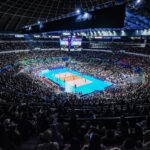
- Cool sweep: How Creamline’s winning formula led to a 7th PVL crown
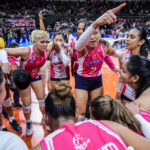
- Pampanga Dragons celebrate 25th anniversary of MBA championship
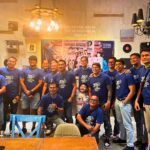
- NBA app launches personalization features, live game experience

- Dante Silverio celebrates 86th birthday in style
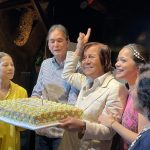
The picks
There were officially 14 rookies who came from Batch ’91. While not everyone was drafted, there were also players who were drafted but didn’t get to play in the PBA.
Pre-draft predictions felt that the biggest prospect was the 1990 PBL Philippine Cup MVP, Eugene Quilban of Sta. Lucia, a shifty point guard from San Sebastian who was penciled to be the next greatest court general of the country. Given that the Realtors had just recently won Philippine Cup championship, Quilban was the top favorite to end up no. 1.
Another top-tier talent was Rene Hawkins, Jr. from Crispa 400s. Hawkins, along with Johnny Abarrientos, Vic Pablo and Max Delantes, helped give Atoy Co his first championship as a coach, sweeping Phillips Sardines, 3-0, in the Challenge Cup that featured teams having one import each. A noted post player with high basketball IQ, Hawkins would have been a perfect fit for any team in need of a 6’3 power forward who could play with back to the basket and defend ably inside the paint.
But Alaska, under Coach Tim Cone, didn’t want to pass up on a 6’7 big man who had exposure to Coach Joe Lipa in the PBL. Despite not having stellar numbers in the PBL, Alex Araneta was a major potential who was willing to learn and cultivate his game further. At the same time, the 6’7 former Blue Eagle was the only legitimate center in the draft and there were at least three PBA teams in dire need of a slotman. Endeared by this growth mindset, Cone opted to draft Araneta at no. 1. Presto, which needed reinforcement in the frontline with Victorino’s departure to Pepsi and serve as backup to Abe King, took Hawkins at no. 2. It was a choice that Cone was hoping for as he ended up drafting Quilban at no. 3 with Alaska’s own pick. Quilban, who was supposed to join the draft in 1990, decided to stay one more year with the hope of giving Sta. Lucia its first PBL title.
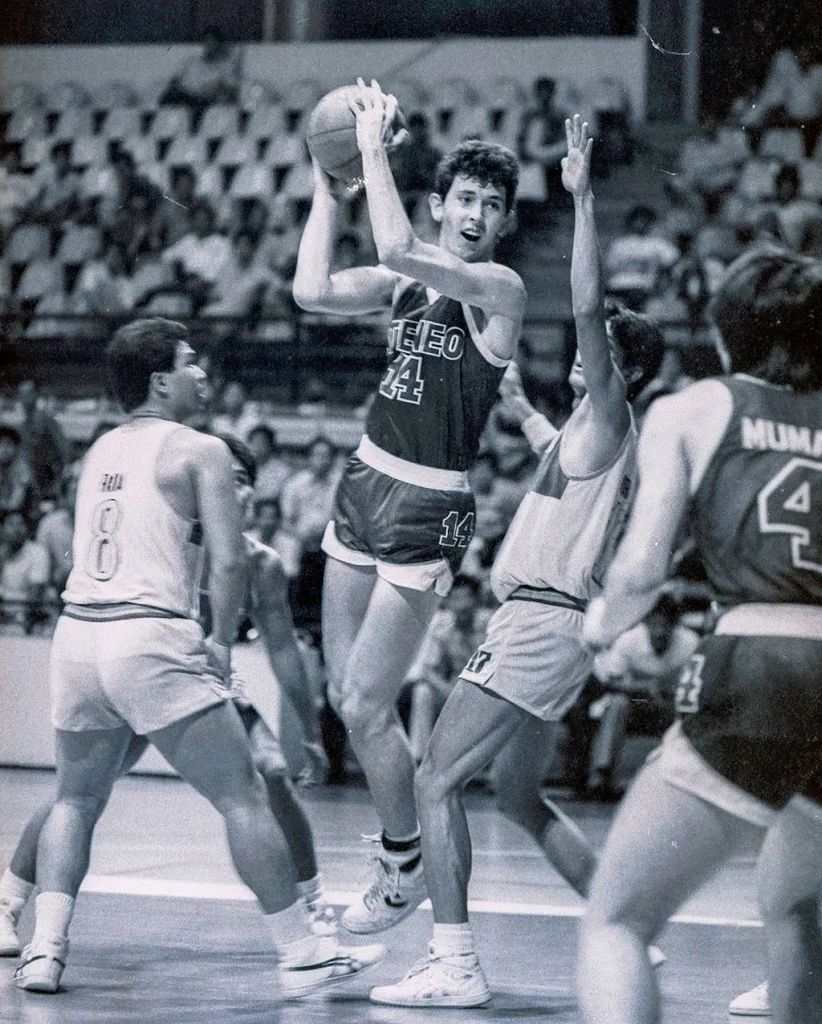
It was San Miguel Beer’s turn at no. 4 and they didn’t hesitate in drafting another San Sebastian Stag, Art Dela Cruz. Añejo, which wanted to acquire Dela Cruz’s services in its effort to shore their weak interior, opted instead for the best talent available in the draft with the fifth pick, Ateneo forward Jayvee Gayoso. Purefoods secured bruising Cebuano guard Rudy Enterina, Shell tapped Phillips Sardines’ Ronnie Lucero and Presto surprised everyone by getting Teofano Tiu of Sarsi, who turned out to be the only first round pick that year left unsigned.
The Tivolis, the Beermen and the Gins opted not to draft anymore in the second round. Instead, the latter two opted to secure free agents, San Miguel hiring prolific big man Joseph Pelaez (drafted in 1989) and the hardworking Romy Lopez (drafted in 1990), Ginebra securing Toby Poblador (drafted in 1988) and Bennett Palad (1989 draftee).
Alaska was obviously revamping its lineup at the start of the season. Aside from getting first round draft picks Araneta and Quilban, they also got Roel Gomez and Eton Navarro in the second and third rounds. They also traded Boy Cabahug for Jojo Lastimosa and shipped Yoyoy Villamin and Ric Ric Marata to Diet Sarsi for Elmer Reyes and Nap Hatton. Cone also brought in Peter Aguilar and Nandy Garcia from free agency while releasing Eric Altamirano, Ed Cordero, Pops Manaoag, Rey Lazaro and Harmon Codiñera.
On the other hand, Purefoods lost Jack Tanuan to Swift and had to shore up its roster by drafting Joey Santamaria of Magnolia and acquiring the elder Codiñera. Three other teams drafted in the second round – the Sizzlers when they got Django Rivera (turned pro in 1993 with Pepsi), Shell who got Macky de Joya (turned pro in 1992 with Ginebra) and Pepsi who snared Choy Estrada (turned pro in 1992 with Swift). All three, though, were not able to sign contracts with their drafting teams that year and had to sit out for a year or two before being able to play in the PBA.
Six hopefuls were not drafted. These were Rohimust Santos, Oscar Latoreno, Emmanuel Javier, Rolando Cruz, Mark Anthony Tallo and Justino Pinat. They became automatic unrestricted free agents as a result.
How it turned out
There are teams who have done well by making the right decisions in the draft. When Shell drafted Paras in 1989, the franchise became instant championship contenders after being the league’s doormat the previous seasons. For Season 1991, it was the pragmatism, foresight and mindset of Coach Tim Cone and the able leadership of owner, Wilfred Uytengsu, that made the Air Force finally gain the respect they deserved. For five seasons since joining the PBA, the franchise had made it to the finals three times but never won – losing to Great Taste in the 1987 All Filipino, San Miguel in the 1987 Reinforced and Purefoods in the 1990 Third Conference. The unconventional wisdom of drafting a big man instead of the best player in the draft led to the Air Force getting both as Presto opted for a big man.
True enough, Quilban ended up as the Rookie of the Year, proving to everyone that he was indeed the best player in the rookie batch. More importantly though, Alaska finally won its first PBA title in the third Conference, defeating a slightly-favored Ginebra team led by NBA veteran Wes Matthews 3-1, in the Finals. It was the first of its 14 franchise titles, and their bold draft decisions and activity in the free agency allowed them to stay relevant and perennial championship contenders for several years.
Presto, though, had to disband at the end of season 1992 after a dismal performance in their final two years, winning only 32 of their final 99 games. Hawkins was part of the sale that brought him to Sta. Lucia in 1993 and was later traded to Alaska in 1994.
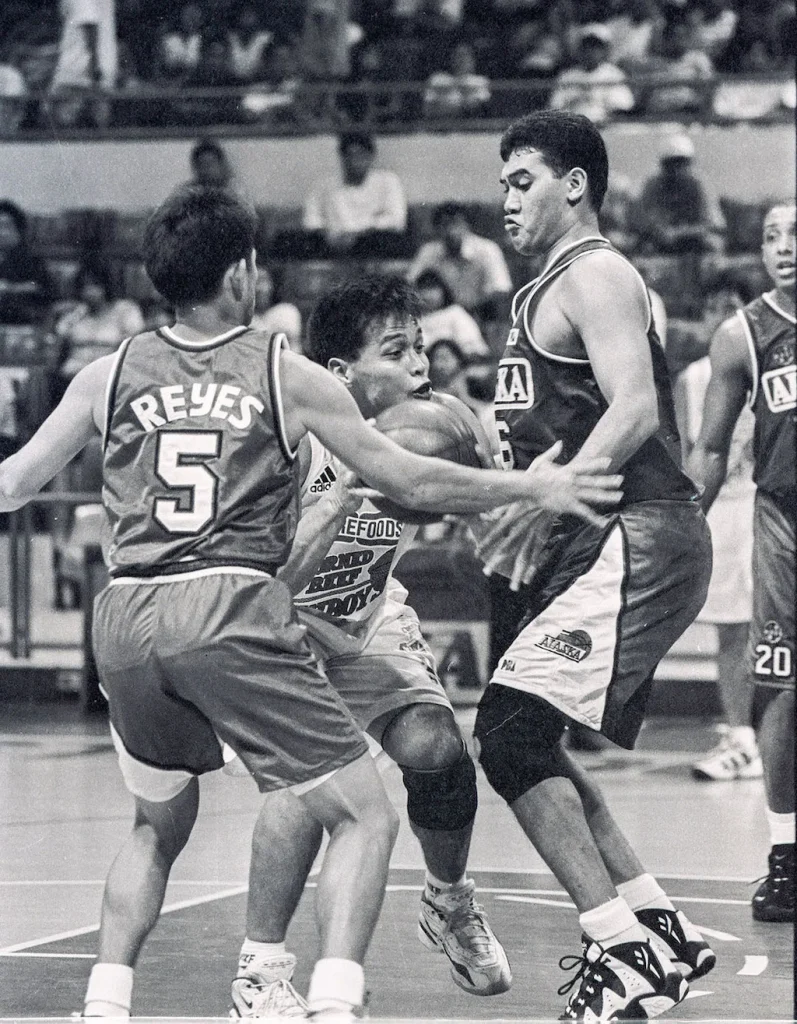
Quilban, though, didn’t stay long with Alaska and was traded to 7/Up for Jun Reyes. The former Stag King, once described by Cone as the “cornerstone of the Alaska franchise” even with Lastimosa and Alvarez in the roster, proved that he was still relevant, breaking Arnie Tuadles’ record of 23 assists with 28 in a victory against Formula Shell, 123-100, back in 1992. Alaska then selected another point guard at no. 3 in the 1993 draft who would turn out to be perhaps the greatest player ever to suit up for the franchise – Johnny Abarrientos.
The PBA Draft has come a long way. Guests of the online sports show, “An Eternity of Basketball” who were drafted prior to 1991 revealed that they only found out about getting drafted from the newspapers the next day. Dindo Pumaren, in Episode 64 of the show, revealed that his elder brother, Derrick, even pulled a prank on him. The draft was attended only by coaches and team representatives, and the elder Pumaren was then with SMB. Upon getting home, Derrick told him “nakakahiya, walang kumuha sayo!” Dindo ended up crying after hearing the joke.
The draft proceedings are not just shown live on television but are also held inside plush malls like Ayala Glorietta and Robinsons Manila. The covering network normally brings a battery of panelists featuring an anchor and two analysts as well as a couple of reporters to interview the rookies. It has also become the first official activity of the PBA entering the new season. Team owners make sure that they’re present to welcome their new players.
Meanwhile, local basketball followers look forward to more exciting games and hopefully, a more unpredictable season with the cellar-dwelling teams capable of replicating Shell’s feat in 1989 and become contenders for the championship.
Overall, Batch ’91 may not have been as talented and deep as the 1988 and 1989 rookie batches but this still came out to be a pretty decent group of freshmen who had productive years in the PBA.
